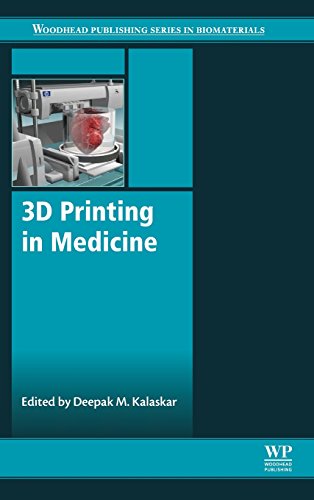

Most ebook files are in PDF format, so you can easily read them using various software such as Foxit Reader or directly on the Google Chrome browser.
Some ebook files are released by publishers in other formats such as .awz, .mobi, .epub, .fb2, etc. You may need to install specific software to read these formats on mobile/PC, such as Calibre.
Please read the tutorial at this link: https://ebookbell.com/faq
We offer FREE conversion to the popular formats you request; however, this may take some time. Therefore, right after payment, please email us, and we will try to provide the service as quickly as possible.
For some exceptional file formats or broken links (if any), please refrain from opening any disputes. Instead, email us first, and we will try to assist within a maximum of 6 hours.
EbookBell Team

0.0
0 reviews3D Printing in Medicine examines the emerging market of 3D-printed biomaterials and its clinical applications. With a particular focus on both commercial and premarket tools, the book looks at their applications within medicine and the future outlook for the field.
The book begins with a discussion of the fundamentals of 3D printing, including topics such as materials, and hardware. Chapters go on to cover applications within medicine such as computational analysis of 3D printed constructs, personalized 3D printing and 3D cell and organ printing. The concluding chapters in the book review the applications of 3D printing in diagnostics, drug development, 3D-printed disease models and 3D printers for surgical practice.
With a strong focus on the translation of 3D printing technology to a clinical setting, this book is a valuable resource for scientists and engineers working in biomaterial, biomedical, and nanotechnology based industries and academia.